The Hill: Opinion by Basin & Range Watch--Clean Energy is an Important Step. But It Can't Come at the Cost of Public Lands
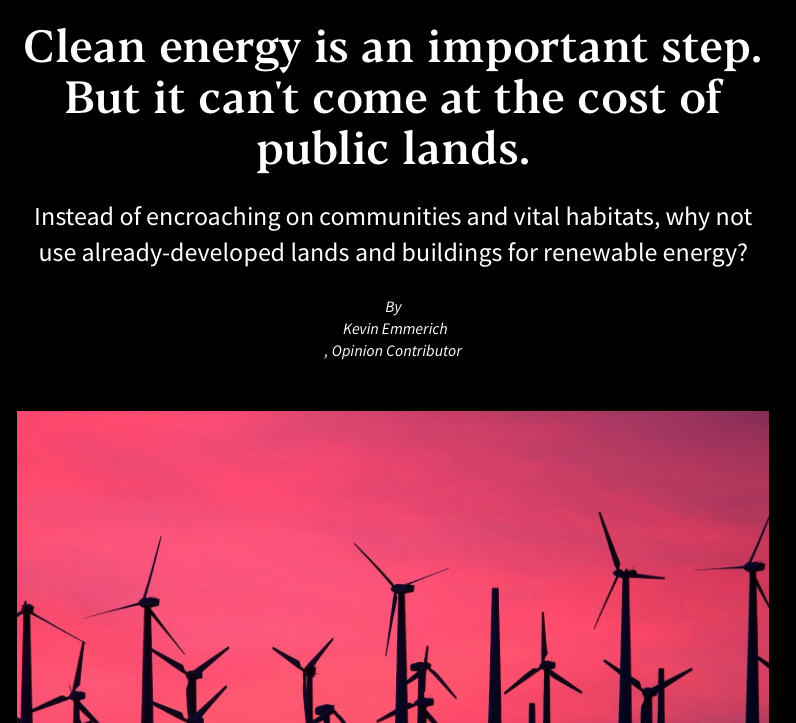
February 9, 2021 - The Hill published our opinion on renewable energy and public lands.
200 Square Miles of Parking Lots in Los Angeles Waiting for Solar
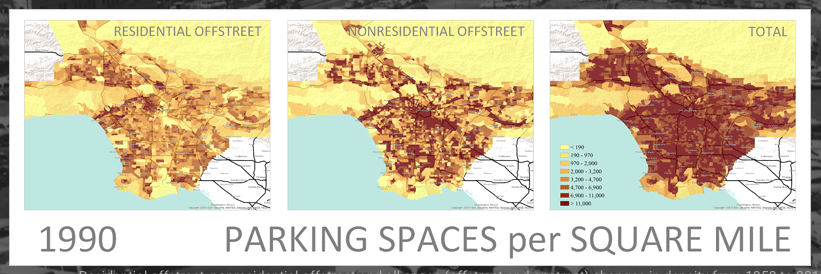
November 14, 2020 - Los Angeles CA - 128,000 acres of parking lots in the City of Los Angeles alone could be covered with photovoltaic shade structures.
Instead of bulldozing high-value desert tortoise habitat on non-renewable public lands, we urge lawmakers and the next adminsitration to build out Distributed Energy Resources. Basin and Range Watch along with Solar Done Right will be writing a position paper to show the better alternatives for renewable energy, while keeping aridlands intact for biodiversity benefits and to sequester Carbon. Stay tuned.
See also http://www.transportationlca.org/losangelesparking/
Investigating What is Behind the Renewable Portfolio Standard in Nevada

^Mojave desert tortoise.
October 7, 2010 - A Big Solar industry Nevada Senator is running for a second term. We at Basin and Range W atch support renewable energy on rooftops, over parking lot shade structures, and integrated with Distributed Energy Resources.

This photo is from a July 27, 2019 public meeting for the Gemini Solar Project and we managed to get a photo of Nevada State Senator Chris Brooks. He quickly told us that he was just Chris Brooks that night and not Senator Brooks. That is because he owns a company called Chris Brooks Consulting and told us he has a personal involvement and ownership with Gemini Solar. Gemini Solar received a Power Purchase Agreement with NV Energy in late June about one month before the meeting. As Senator Brooks, he introduced Senate Bill 358, the 50 Percent Nevada Renewable Portfolio Standard (RPS) bill which passed in April, 2019 and was signed into law. This requires Nevada utilities to acquire 50 percent of their energy from Renewable sources by 2030. How interesting that a solar project he is involved in is the first to profit off the 50 percent RPS legislation.
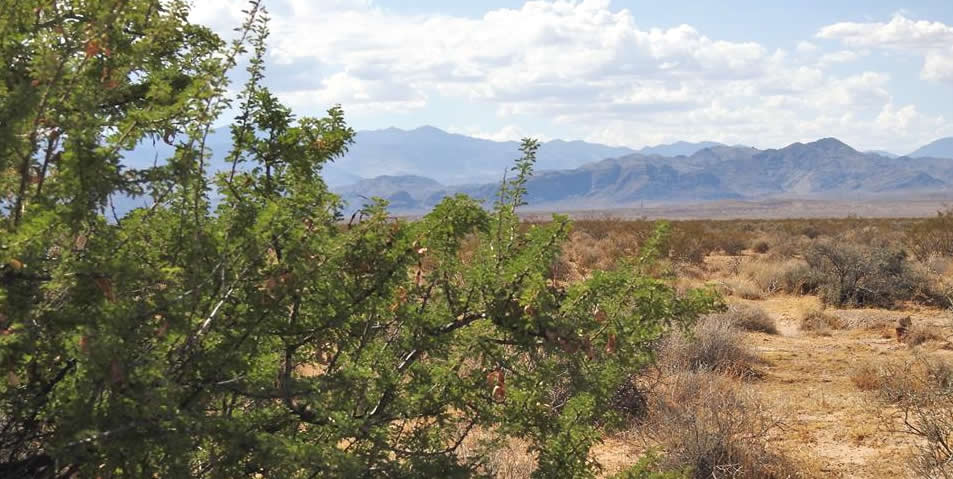
^Gemini Solar Project with catclaw acacia. This site is proposed to be bulldozed for utility-scale solar energy which could easily go on rooftops.
Gemini Solar when fully built will damage 11 square miles of public lands near Valley of Fire State Park and displace nearly 1,200 Federally Protected desert tortoises, plus destroy 700 acres of habitat for one of Nevada's rarest plants - Threecorner milkvetch. Here is information on Brooks: https://ballotpedia.org/Nevada_State_Senate_District_3
Environmental Group Promotes 700,000 Acres of Renewable Energy Development on Public Lands
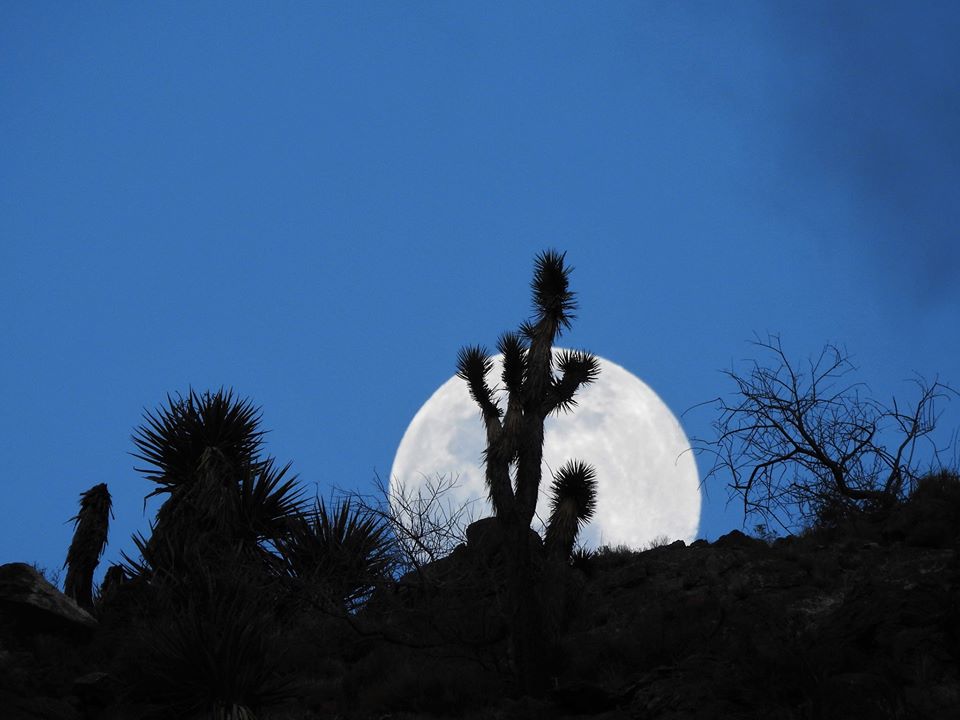
^Moonrise in the California Desert.
May 21, 2020 - Our Public Lands - The Wilderness Society on May 20 released its new report "Key Benefits of Renewable Energy on Public Lands." They say this will somehow "protect" key habitats.
The Wilderness Society is pushing for "hundreds" of new projects on 700,000 acres of public lands "prescreened" for development.
That is 1,090 square miles.
The report holds up the Dry Lake Solar Energy Zone in southern Nevada's Mojave Desert as a prime example, despite the fact that the solar projects here scraped and graded the desert flat, after translocation 70-80 tortoises. This is not even the "better" mitigation used more recently on solar projects where the desert is mowed and supposedly vegetation left in place (which still crushes and destroys desert species and biocrusts).
^Row of scraper-graders removing Mojave Desert scub and habitats while constructing a utility-scale solar project on the Dry lake Solar Energy Zone.
The group is not saying put the energy on rooftops or brownfields first. Green groups who go down this tragic road should be aware how unpopular this is with the public. This is creating much anger on social media. Promoting 1,000 new square miles of development on public lands pushes extinction of desert biodiversity. This is supposed to be an environmental organization.
Saying, "This report outlines key economic benefits of renewable energy on public lands" neglects the huge biodiversity on public lands, as well as the carbon sequestration benefits that old-growth Mojave Desert plant communies, biological soil crusts, and intact soils provide to help fight climate change.
According to Key Benefits of Renewable Energy on Public Lands, as of 2019, there were 96 utility-scale solar, wind and geothermal projects operating on public lands with more than 5,000 MW of capacity. But the report details how 700,000 acres of prescreened public lands already designated by the Bureau of Land Management for "responsible development" could accommodate hundreds more utility-scale solar and wind projects with tens of thousands of megawatts of potential capacity.
We are disappointed that national green groups cannot instead spend their time and funds researching and writing reports on better Distributed Energy Resources policy, and push for rooftop solar systems, solar on parking lot shade structures, microgrids, energy efficieny and energy conservation. Developing this amount of land will help drive many species to extinction, espcially the Mojave desert tortoise, and drastically reduce open space and public lands biological, historucal, cultural and recreational resources.
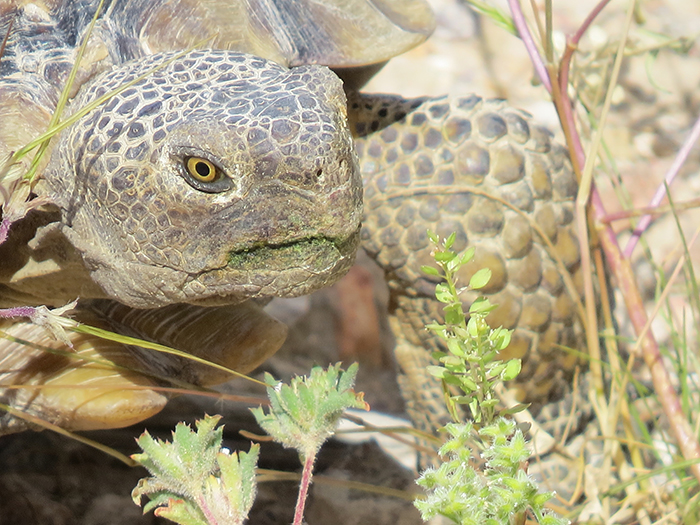
We wonder if Tribes and communities of color were consulted during the writing of this report? Many tribes along the Colorado River and Mojave Desert areas protested the building of massive solar projects in Ivanpah Valley, Chuckwalla Valley, and Palo Verde Mesa near Blythe CA. Ancient trails, geoglyphs, and even archaeological village sites were lost to this energy sprawl push. When will national green groups learn to conserve these valuable cultural treasures, become caretakers of the land, and prioritize solar in the built environment first and foremost?
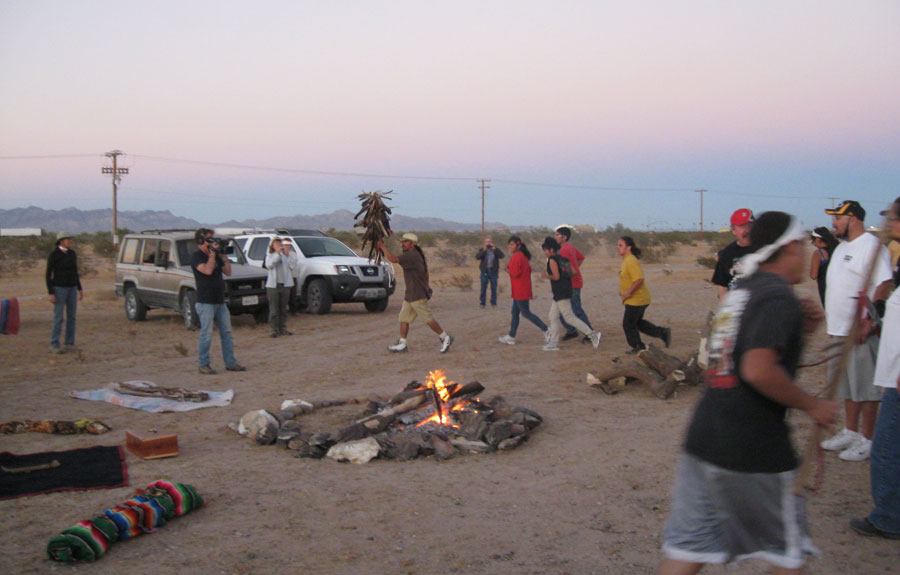
^Spirit Run at Blythe CA by local community and tribes to protest large-scale solar projects proposed to be built on public lands along the Colorado River. We were there.
